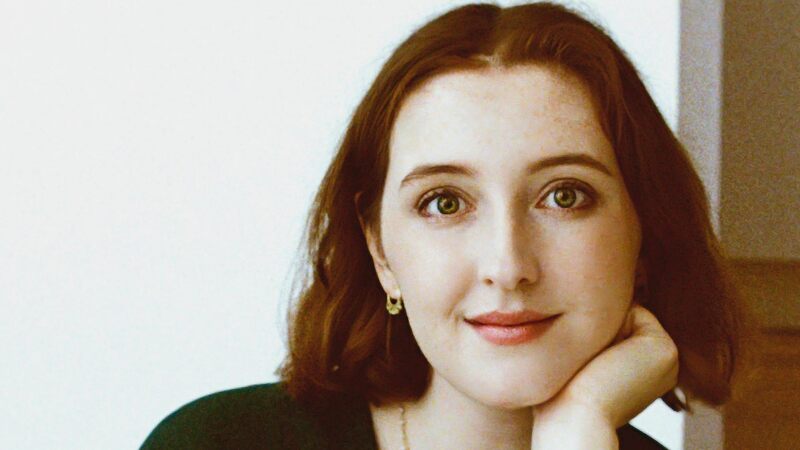You are viewing your 1 free article this month. Login to read more articles.
Lucy Worsley: the Queens of detective fiction
By the 1930s, the murder rate had fallen to the lowest level Britain had ever seen. Those crimes that did take place were usually linked to poverty, alcohol or domestic violence. And yet it seemed that more and more killings, usually in genteel and pleasant surroundings, were taking place in the pages of books.
In 1934, about one-eighth of all the books published were crime novels. The decades between the two world wars saw a great explosion of fictional death by the novelists of the so-called 'Golden Age' of detective fiction. Their stories were ever more remote from real-life violence and true crime. In them, murders became tidy and domesticated, apparently causing little more upset than a lost cat.
While the literary marketplace could be lucrative, it was also crowded. With the exception of Agatha Christie, the writers of these crime novels of the 1920s and 1930s were not, on the whole, made vastly rich by their detectives. Dorothy L. Sayers left a very moderate estate of £36,277 when she died in 1957 and even Conan Doyle left an estate of only £63,491. And these were writers who mainly hailed from a middle-class background. Conan Boyle trained as a doctor; G.K. Chesterton (1874-1936) was a journalist; the very successful Freeman Wills Crofts (1879-1957) was a railway engineer.
Four Queens of Crime
One of the most distinctive features of the Golden Age is the fact that its longest lasting and best remembered writers were female. Agatha Christie, Dorothy L. Sayers, Margery Allingham and Ngiao Marsh – the four Queens of Crime – came, at least in retrospect, to dominate our picture of crime-writing in the 1930s.
Why did these women come to the fore, and why are they still read today more often than their brilliantly talented male counterparts Nicholas Blake and G. K. Chesterton?
In part, it could have been the subject matter towards which they leaned: the detailed and the domestic, stories with lots of female characters, the layering up of a densely constructed plot through a process rather like knitting. Perhaps a more feminine view of the world was welcome after the violence of the First World War. Then there was the 'problem' of what the 'spare' women, left widowed or unmarried by the loss of a generation of males, should do with themselves in the absence of potential husbands.
This sometimes turned out to be an opportunty to try new professions. Women (at least those over 30) now had the vote. They'd experienced the world of work while contributing to the war effort. They were stepping forward boldly in many areas of public life, and not least into publishing, and they brought their own experience with them. "To read the detectve novels of these four women," P.D. James has written, "is to learn more about the England in which they lived and worked than most popular social histories can provide, and in particular about the status of women between the wars."
What impresses about the four Queens is not so much their work (although I would make the case for Dorothy L. Sayers as one of the great writers of the 20th century) but the way in which they set about doing it. They were all writing to make a living, of course; Christie herself makes very modest claims, calling herself an "industrious craftsman". But more than that, she and her colleagues were also writing to make themselves heard, to stake a claim, to win an independence and a place in the world.
They also all used their writing, as P.D. James has pointed out, to keep secrets. All four women were in some way scarred by the earlier parts of their lives, and were reinventing themelves, through writing, into the successes that they later were.
A Very British Murder by Lucy Worsley is published by BBC Books. TV series A Very British Murder begins on BBC4 at 9 p.m., Monday 23 September
You might like:
The top 10 crime novels to read before you die















